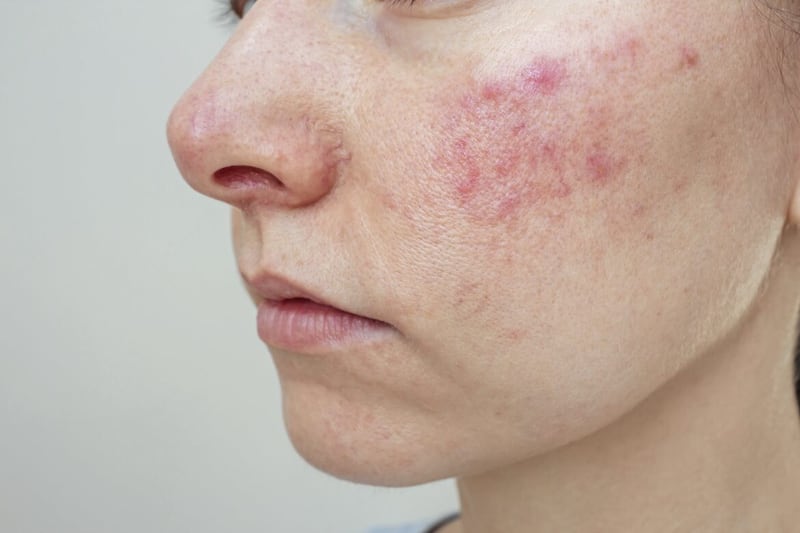Q: Statins made my legs ache, but when I stopped them I developed severe pins and needles, and it’s now painful to walk any distance. Is there anything I can do?
CB
A: Your symptoms are highly suggestive of peripheral neuropathy, a common condition that occurs when the peripheral nerves – which run from the brain and spinal cord to all parts of the body, including the hands, feet and arms – are damaged.
The passage of messages along these nerves is then disrupted, leading to the pins and needles you are experiencing, as well as numbness and burning pain. Muscle weakness can also occur, though it is less common. More than a quarter of over-65s will develop peripheral neuropathy at some point, with diabetes, spinal damage, alcoholism and a vitamin B12 deficiency among the causes.
Statins are another, albeit rare, cause and, due to your description, it is highly likely they played a part in your symptoms.
Whatever the cause, it is important that the diagnosis is confirmed, and you should ask your GP to refer you to a neurologist for investigations. These are likely to include a test to assess the health of the nerves, known as a nerve conduction study. This involves placing an electrode which produces tiny electrical pulses on the leg, and measuring how well these travel down the nerve.
You say in your longer letter that the ache in your legs started within two days of first taking statins. But your GP advised that lowering cholesterol was vital for your cardiac health, so you continued to take them for many years.
It therefore saddens me to tell you that, as your symptoms are of such longevity, it is unlikely anything can be done to improve them. The expertise of the neurologist is key, however, as there may be other factors contributing to your pain. A good example is spinal stenosis, where degenerative arthritis in the spine may be causing nerve irritation, for which surgery may be offered.
It will be important to also establish whether the statins themselves damaged the nerves in your legs, or if they simply hastened a process that was already in motion. Statins, for example, can raise the risk of type 2 diabetes – and this is the most common cause of peripheral neuropathy.
We must not forget the need to control your cholesterol levels. The drug ezetimibe, while not as potent as statins, is effective and wouldn’t worsen any nerve damage.
Remember, too, the importance of lifestyle changes, such as eating a diet rich in fruit and vegetables, wholegrains, nuts and oily fish, and maintaining a healthy weight.
Q: FOR four years I have been plagued with fungal nail infections, despite being prescribed amorolfine. I have sarcoidosis – could it be linked?
Name and address supplied.
A: The technical term for fungal nail infections is onychomycosis, and it can be caused by different types of fungus.
Risk factors include swimming, older age, diabetes, living with someone who has the condition, and a weakened immune system.
For patients, the main concern is cosmetic – the infection can make the nails discoloured, thickened, and unsightly – but the nails can also become uncomfortable or even painful, usually due to a secondary bacterial infection.
Sarcoidosis, a rare condition in which patches of red and swollen tissue grow on the skin, lungs and other organs, isn’t known to raise the risk of fungal nail infections.
But the immunosuppressants that some sarcoidosis patients are prescribed may make it easier for the fungus to take hold.
Where more than half of the nail is healthy, a medicated polish – the amorolfine you were prescribed – may prove effective. However, recurrence is common as the fungus remains dormant in the nailbed.
The next option is anti-fungal tablets, such as terbinafine and itraconazole. Trial data shows these to be more effective than topical treatments. But doctors may be reluctant to prescribe an oral antifungal drug for a condition which does not threaten health, given that they can cause side-effects such as headache, skin rash and liver enzyme abnormalities.
Given that sarcoidosis can also affect the liver, you need expert advice before starting on these.
Surgical removal of the nail, followed by applying amorolfine to the new nail as it grows, can be performed but, again, recurrence is common, with cure rates being no better than 75 per cent.
Laser treatment is available privately, but there is limited evidence that it kills the fungus.
Before starting any of these treatments, diagnosis is essential, to rule out other, more serious, conditions. The autoimmune disorder psoriasis, for example, can cause similar changes to the nail.
Also, while fungal nail infections do not necessarily require treatment, it is vital that they are addressed in those with diabetes or who are taking immunosuppressants. In such cases, the damaged nail can act as the entry point for more serious infections.
Ask your GP for a referral to a specialist dermatologist, who can advise you on the best options.
© Solo dmg media








